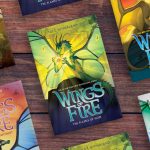Firekeeper’s Daughter (Henry Holt, 2021) is one of the most-discussed young adult titles of the past year, and it has already collected accolades including a TIME magazine Best YA Book of All Time selection, a spot on the New York Times bestseller list, four starred reviews, and an in-progress Netflix adaptation.
Congratulations to Angeline Boulley and Her Newly Awarded Book, Firekeeper’s Daughter!
Michael L. Printz Award – Winner
William C. Morris YA Debut Award – Winner
American Indian Youth Literature Award – Young Adult Honor
Deftly weaving together the high-action appeal of a YA thriller with deep insights into the challenges facing a biracial teen and her Ojibwe community, author Angeline Boulley drew upon her own experiences and intensive research to craft her riveting story. Boulley is an enrolled member of the Sault Ste. Marie tribe of Chippewa Indians, and her website’s biographical statement provides some intriguing insight into the book’s title: “My father is a traditional firekeeper, who strikes ceremonial fires at spiritual activities in the tribal community and ensures protocols are followed, while providing cultural teachings through stories told around the fire.”
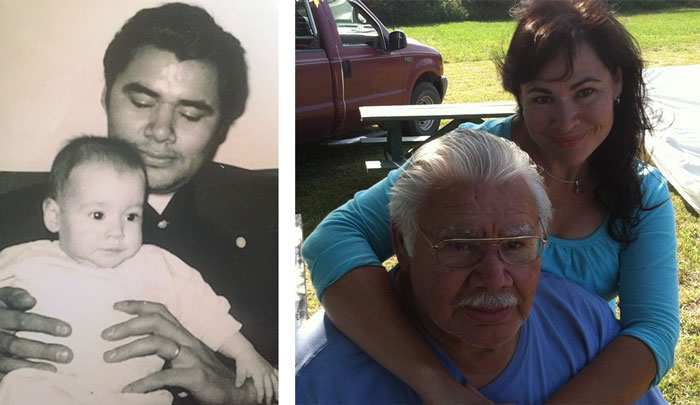
Here, Boulley talks about the long path to creating her debut bestseller, some of the tough issues she addresses in her story, and how the book is an extension of her career spent improving public education for Native students.
I’m not exaggerating when I say that I stayed up all night to finish Firekeeper’s Daughter! And yet just as I found myself racing through because of the thriller elements, one of your deft turns of phrase would snag me and remind me to slow down and savor your language and the nuances you’ve built into the story. I’ve seen the book described as an “Indigenous Nancy Drew.” What is at the heart of the story for you as its author?
At its heart, Firekeeper’s Daughter is a coming-of-age story about a young biracial woman embracing all facets of her identity and finding her place both in her Ojibwe community and in the larger world beyond home. It’s dressed up as a thriller because an undercover investigation—with [the character] Daunis taking on a false identity as a confidential informant—was the perfect means for addressing her own seemingly discordant identities.
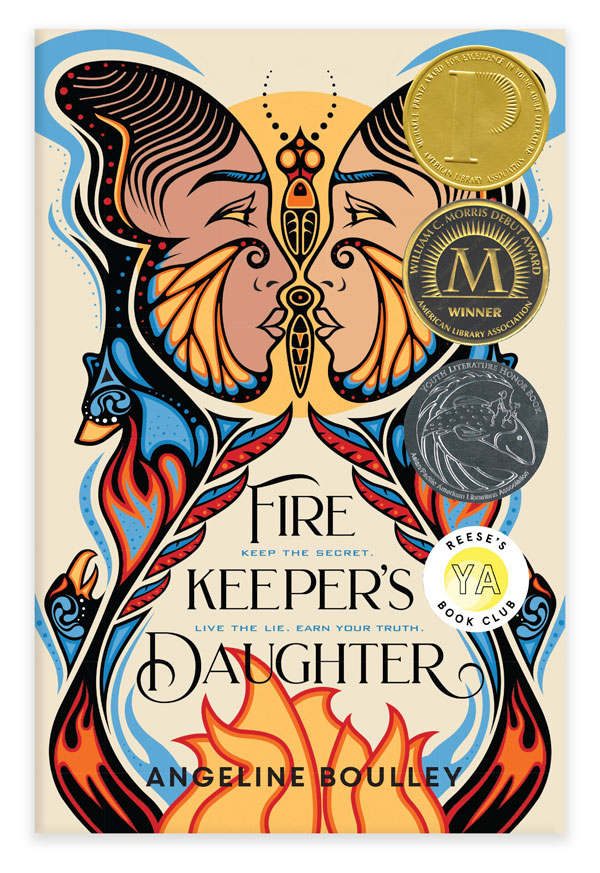
One of your characters says, “Some boats are made for the river and some for the ocean. And there are some who can go anywhere because they always know the way home.” What do you want your YA readers who are discovering Firekeeper’s Daughter to learn from that insight?
I want young adults to pursue their dreams and to also find a place that feels like home.
I want young adults to pursue their dreams and to also find a place that feels like home.”
You bring so many different elements to the story. As a reader, I found myself diving deep into subjects such as Ojibwe culture, chemistry, ice hockey, investigations into illegal drug use, and the lives of contemporary Native women. Are any elements of the book autobiographical?
Some elements are autobiographical [although] I’ve heard, “Oh, but you don’t look Native,” too many times to count. I also had a Zhaaganaash (non-Native) grandmother who did not care for Native Americans.
What kind of research did you have to do into the elements that don’t draw on your personal experience?
Readers are most surprised to learn that I’ve never played hockey a day in my life. I had a lot of help with the hockey aspects of the story from my oldest son and from a friend who played on women’s leagues her whole life. I dove into researching criminal drug investigations and had sources from the FBI, IRS, and federal attorneys. My most unusual research was learning to make crystal meth from the Michigan State Police.
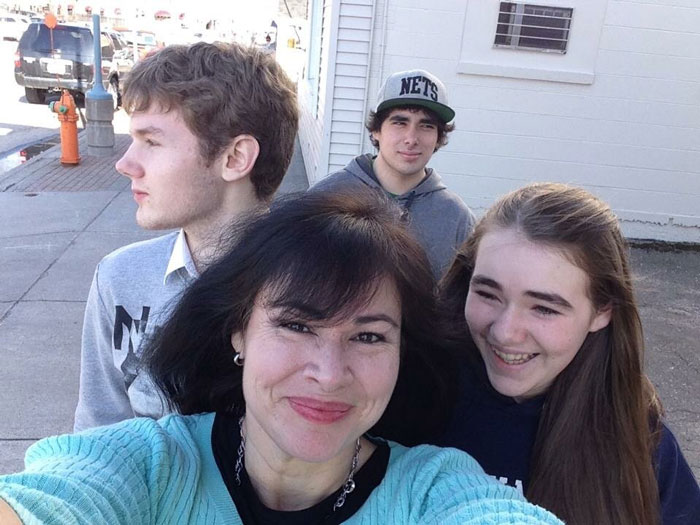
At different points in the story, your main character, Daunis, describes other characters in terms of their “superpower” that manages to capture their essence in just a few telling words. Given that context, what would you say is your own superpower?
Thanks for picking up on that! My superpower is tenacity. I learned early on that I wasn’t the fastest runner, but I could outlast anybody. It translated to other areas of my life.
My superpower is tenacity. I learned early on that I wasn’t the fastest runner, but I could outlast anybody.”
In reading about how you crafted the book, I learned that you worked on it for over ten years and made many revisions. What are some of the ways that the final form of the book changed from where your idea started?
Each revision added layers to the story. My sister was killed in a car accident, and my grief found its way into the story. In addition, I learned more about the astronomical rates of violence experienced by Native women. I wanted the story to address this injustice.
A Recommended Reading List from Angeline Boulley
There are so many incredible Indigenous authors to check out. It makes a tremendous difference when people read, rate, review, and recommend books by Indigenous authors. Some of my favorites are:
Fiction
The Marrow Thieves by Cherie Dimaline
Hunting by Stars by Cherie Dimaline
Murder on the Red River by Marcie R. Rendon
Girl Gone Missing by Marcie R. Rendon
Crazy Horse’s Girlfriend by Erika T. Wurth
Elatsoe by Darcie Little Badger
A Snake Falls to Earth by Darcie Little Badger
Nonfiction
Everything You Wanted to Know About Indians But Were Afraid to Ask by Anton Treuer
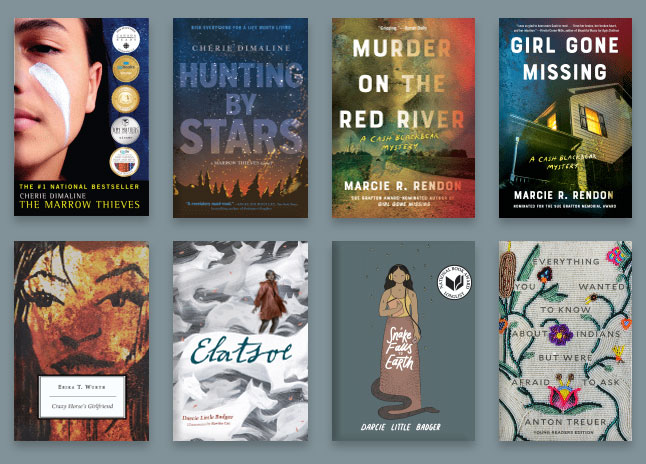
In your author’s note to Firekeeper’s Daughter you say, “When making decisions for our tribe, we look seven generations ahead.” How has that shaped you as a writer?
Including cultural teachings in the story felt like a huge responsibility. I thought about Ojibwe people reading my story generations from now; what would I want them to know?
Your career is now centered on your writing, but you spent many years focused on improving the education of Native students at the tribal, state, regional, and national levels. How is your writing an extension of that work?
I do feel that my writing is an extension of my career improving public education for Native students. Through a very specific story about one Ojibwe girl, I can share so much information about issues facing our young people and reach a wider audience than ever before.
Through a very specific story about one Ojibwe girl, I can share so much information about issues facing our young people and reach a wider audience than ever before.”
Are you actively involved in the process of bringing Firekeeper’s Daughter to Netflix?
I am an executive producer as well as a script consultant. I am excited to work with head writer Wenona Wilms, who is from the Red Cliff Band of Lake Superior Chippewa.
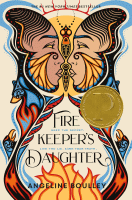
Additional Resources for Firekeeper’s Daughter
A Teacher’s Guide to Firekeeper’s Daughter
Anishinabek News Article Featuring the Artist Who Created the Book Cover
I read that Firekeeper’s Daughter was part of a two-book deal, so I’ve been checking your website in hopes of seeing an announcement of a forthcoming title. What details can you share about the next book?
If Firekeeper’s Daughter was pitched as “Indigenous Nancy Drew,” then Book 2 (title not announced yet) is “Indigenous Lara Croft,” with the main character raiding museums to bring our ancestors’ remains and sacred items back home.
If Firekeeper’s Daughter was pitched as “Indigenous Nancy Drew” then Book 2 (title not announced yet) is “Indigenous Lara Croft.”
What are the best ways for readers to connect with you or to follow you on social media?
My author website is: https://angelineboulley.com
Readers can also connect with me on Facebook, TikTok, and Instagram: @AngelineBoulley. I’m also on Twitter: @FineAngeline.






